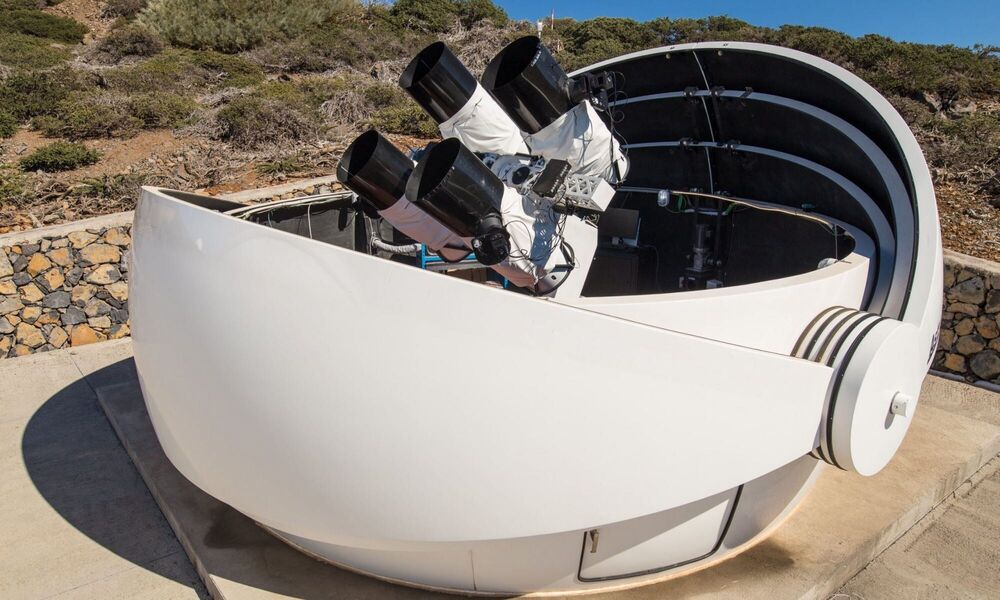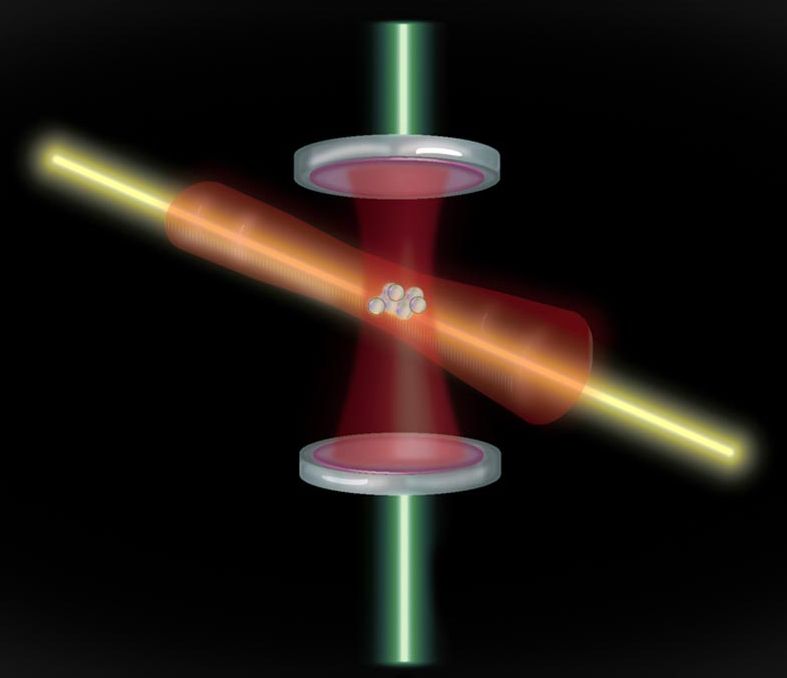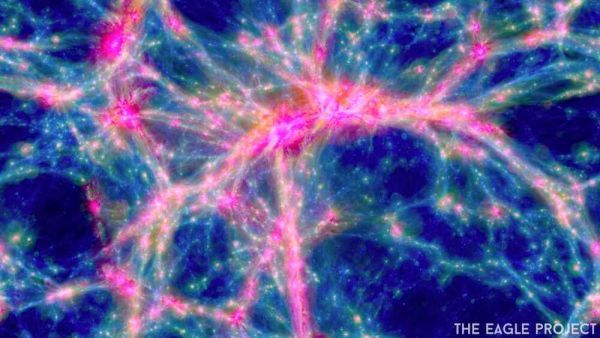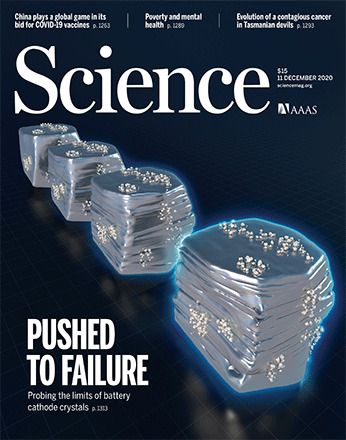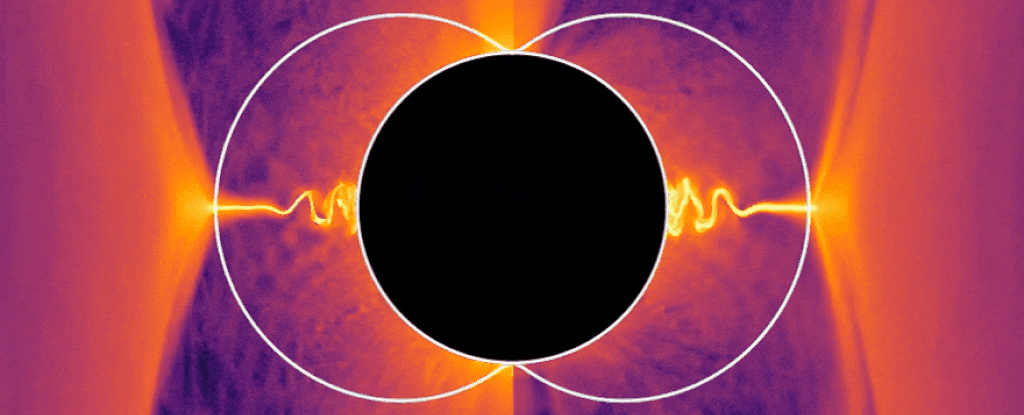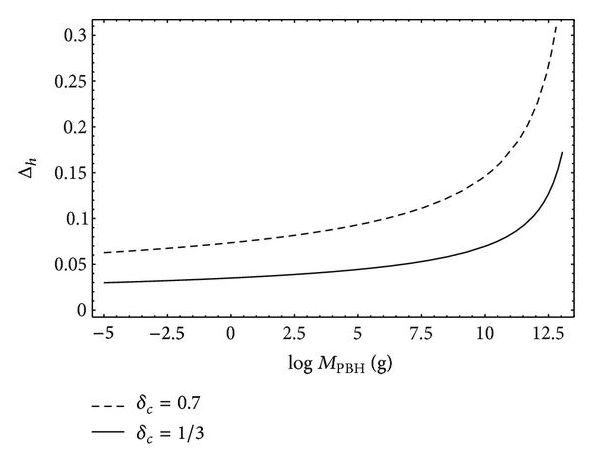Lately, there has been a flood of interest in gravitational waves. After the first official detection at LIGO / Virgo in 2015, data has been coming in showing how common these once theoretical phenomena actually are. Usually they are caused by unimaginably violent events, such as a merging pair of black holes. Such events also have a tendency to emit another type of phenomena—light. So far, it has been difficult to observe any optical associated with these gravitational-wave emitting events. But a team of researchers hope to change that with the full implementation of the Gravitation-wave Optical Transient Observer (GOTO) telescope.
The GOTO project is designed specifically to find and monitor the parts of the sky that other instruments, such as LIGO, detect gravitational waves from. Its original incarnation, known as the GOTO-4 Prototype, was brought online in 2017. Located in La Palma, in the Canary Islands, this prototype consisted of four “unit telescopes” (UTs) housed in an 18ft clamshell dome. In 2020, this prototype was upgraded to 8 UTs, allowing for a much wider view of the sky.
The wide field of view is necessary for its work detecting gravitational-wave based optical phenomena, as directionality of gravitational waves are notoriously difficult to pin down. The wider the field of view of a telescope, the more likely it will be able to detect an event that happens.
